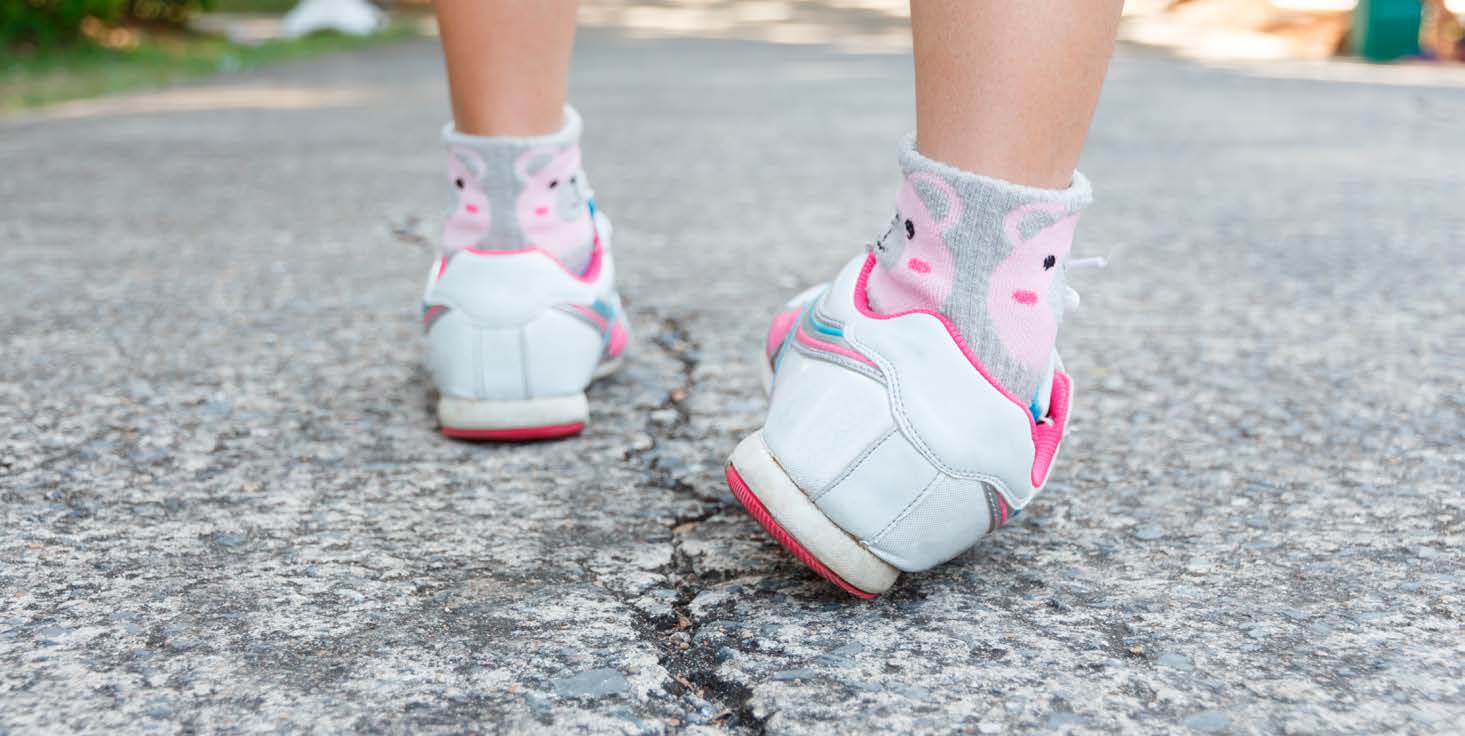
The Doctor Is In – Ankle Sprains
Most ankle sprains occur when the foot and ankle suddenly turn inward. This often happens when running or pivoting. With these inversion injuries, the patient may feel a sharp pain at the front and/or side of the ankle. The talofibular ligament is the most commonly stressed ligament with inversion injuries. Eversion ankle sprains, in which the ankle suddenly turns out, are less common. Stress is put on ligaments that stabilize the ankle’s inner aspect.
When a patient suffers an ankle sprain, the normal range of motion of the ankle joint has been exceeded. There is often bleeding, swelling and tenderness in and around the joint. Never neglect an ankle sprain, because prompt and correct treatment usually ensures complete recovery. Bruising and local swelling are the usual hallmark of an ankle sprain, but a fracture (broken bone) can also produce these external signs.
Treatment tips
• Stop all sport activities
• Apply ice packs to the tender area
• Use an Ace bandage for gentle
compression
• Elevate the extremity
• Keep weight off the ankle until it has been evaluated by a health-care professional, with x-rays if needed, to rule out a fracture or disruption of the joint
• Use anti-inflammatory medication for pain as directed by a physician or therapist
• Taping the ankle may be necessary for better positioning and healing or an air splint can be used
Ligament injuries may take two to eight weeks to heal. The goals of an exercise program after an ankle sprain are to restore range of motion to the ankle and foot, and to regain strength to prevent further sprains. As the pain and swelling subside, rehabilitation exercises can be started. A thorough ankle rehabilitation program should be supervised by your health-care professional.
Some simple exercises
• Range of motion: Lie on your back, then position your foot up and straighten your toes. Point your foot down while bending your toes. Turn your foot inward, inverting the ankle. Then turn your foot out at the ankle. Hold each exercise for five seconds and repeat.
• Tilt board exercises: Stand on a small tilt board (similar to a small seesaw) with one foot on each side. Try a side-to-side movement to strengthen.
• Achilles tendon stretching: Stand against the wall and stretch up (important for tendon and calf muscles.)
• Heel raises: Stand on a two-inch step or other elevation. Slowly lower your heels below the step and then raise up again. Repeat several times.
Ask a trained physical therapist about a home exercise program that strengthens all leg muscles.
Never assume that even the slightest ankle injury is “just a sprain.” Your neglect may result in a lifetime problem with permanent, irreversible damage.
